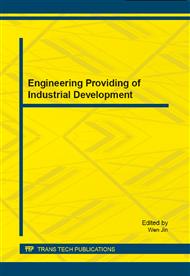p.32
p.37
p.42
p.48
p.54
p.60
p.66
p.72
p.77
A Differential Configuration of Split Drag-Rudders with Variable Bias for Directional Control of Flying-Wing
Abstract:
The directional stability and control is crucial for the low-speed flight of a flying-wing aircraft. The split drag-rudders are well known devices used to provide directional stability and control in a flying-wing aircraft. As opposed to conventional rudders, the control efficiency of split drag-rudders is typically low for small deflection-angles and the influence on yawing moment is nonlinear. Such characteristics limit the control capability of split drag-rudders at low speed flight with large angle-of-attack. In this paper, a simple method is presented to improve the control efficiency of split drag-rudders at low speed flight with large angle-of-attack. The method is based on a strictly differential configuration of split drag-rudders which operates around a certain variable bias. The bias can be varied according to different flight conditions in order to achieve desired performance. The CFD simulation results are presented in support of this concept. Results also show that the proposed configuration has linearizing effects on yawing moment vs. deflection curves, which may prove helpful in control system design process. The possible control reversal in yaw at large angle of attack can also be avoided with this method.
Info:
Periodical:
Pages:
54-59
Citation:
Online since:
September 2014
Authors:
Price:
Сopyright:
© 2014 Trans Tech Publications Ltd. All Rights Reserved
Share:
Citation:


